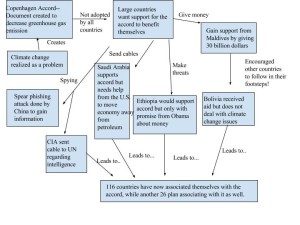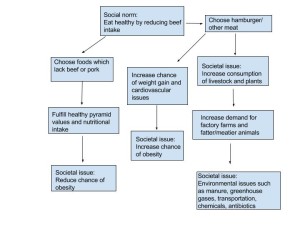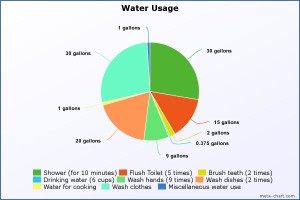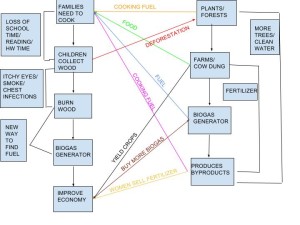Assignment: Start by researching information about a biodiversity hotspot. The research should include a summary of the location of the area, commonly found species in the area, and factors which lead to biodiversity loss. Then, look at the IUCN Protected Area Categories and determine which category would apply to the area and explain why. The response should be less than 600 words total. Make sure to include links to websites where data is collected.
The hotspot I have chosen is the East Melanesian Islands. They (1,600 islands) are located off the coast of Papa New Guinea and east of Australia in the Pacific Ocean. The islands are diverse in nature as some have mountains which exceed two thousand meters while other islands have active volcanoes. The area is home to over eight thousand species of plants, and the most prized tree is the Kauri Pine. There are around three thousand plants which are endemic to the area. In total, there are over six hundred species of birds, mammals, reptiles, amphibians, and freshwater fishes. There are several species of birds which are specific to one island. These include the fearful owl specific to the Solomon Island (Nesasio solomonenis, VU) and the Sanford fish-eagle which is located on Eastern islands near coastal forests (Haliaeetus sanfordi, VU). As for mammals, over half of the species are endemic to the area. A few examples are the flying foxes (Pteropodidae), the cuscus (Spilocuscus kraemeri), and the monkey-faced bat (Pteralopex anceps, CR). Furthermore, the region is home to six endemic kinds of reptiles. The most common is a large tailed skink (Corucia zebrata) which lives in epiphytes trees and feeds off their leaves. Finally, there are over thirty-eight endemic species of amphibians and forty-two species of freshwater fishes.
Even though the East Melanesian Islands are home to many endemic species, there are several threats which can lead to their destruction. The main threat to biodiversity is rapid forest clearance. The forests are being cleared to meet the needs of the increasing population and corporations. Copra and oil palm plantations have negatively affected the Bismarck, Solomon, and Vanuatu Islands through massive land clearings and logging endeavors. Only twenty-five percent of the forests are still in their old, original condition. Mining is a threat to particular regions of the islands as well. To protect the diverse species living in the area, something needs to be done. In Module 10, I learned about the International Union for the Conservation of Nature’s six levels of protected areas. In the case of the East Melanesian Islands, there are several groups of people which live on them. So, one needs to take into account the lives and income for families when determining ways to protect biodiversity. I believe the Category 1: Strict Nature Reserves protection would work best for the islands. The Category allows for indigenous people to hunt and gather but all other activities must be limited. So, families would still be able to farm on the islands. To meet the needs of the increasing population, the islands could dedicate five percent of the land on each island to new families which contain limited biodiversity. Also, corporations would not be able to clear forests for their own benefit in an area which has over eight thousands species of plants. With some species on the brink of extinction, tourism would be limited in the area as well. The government and locals would need to enforce the protection to ensure the safety and survival of species which are vital to our world.
All information is collected from http://www.cepf.net/resources/hotspots/Asia-Pacific/Pages/East-Melanesian-Islands.aspx




